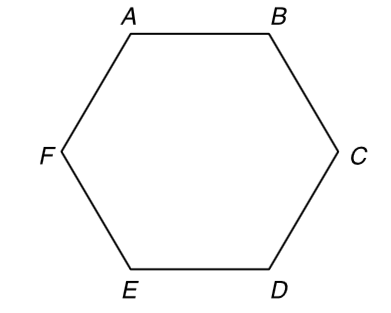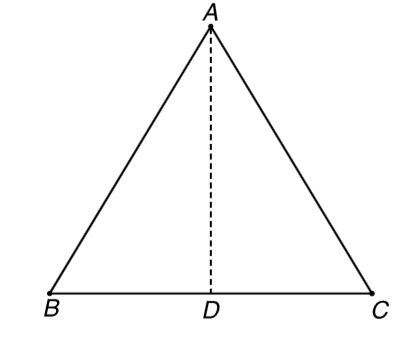calculate the maximum possible force that the negative charge may experience if it is to be placed somewhere on X-axis, What will be the distance of negative charge from origin where it experiences the maximum electrostatic force?
Qqπε013sqr3d2,d√2
Topper's Solved these Questions
- ELECTRIC CHARGES AND FIELDS BOOK - MODERN PUBLICATIONCHAPTER - ELECTRIC CHARGES AND FIELDS EXERCISE - Conceptual Questions
51 Videos
- ELECTRIC CHARGES AND FIELDS BOOK - MODERN PUBLICATIONCHAPTER - ELECTRIC CHARGES AND FIELDS EXERCISE - Tough & Tricky Problems
20 Videos
- ELECTRIC CHARGES AND FIELDS BOOK - MODERN PUBLICATIONCHAPTER - ELECTRIC CHARGES AND FIELDS EXERCISE - Chapter Practice Test
15 Videos
- DUAL NATURE OF RADIATION AND MATTER BOOK - MODERN PUBLICATIONCHAPTER - DUAL NATURE OF RADIATION AND MATTER EXERCISE - CHAPTER PRACTICE TEST
15 Videos
- ELECTROMAGNETIC INDUCTIONBOOK - MODERN PUBLICATIONCHAPTER - ELECTROMAGNETIC INDUCTIONEXERCISE - CHAPTER PRACTICE TEST FOR BOARD EXAMINATION
14 Videos
Similar Questions
Knowledge Check
Two equal point charges A and B are R distance apart. A third point charge placed on the perpendicular bisector at a disttance d from the centre will experience maximum electrostatic force when
Ad=R2√2Bd=R√2Cd=R√2Dd=2√2 RElectric lines of force about negative point charge are
Acircular ,anticlockwiseBcircular ,clockwiseCradial ,inwardDradial , outwardTwo point charges placed at a distance r in air experience a certain force. Then the distance at which they will experience the same force in a medium of dielectric constant K is
Ar/KBKrCr√KDr+√K
(a) Six equal charges have been placed at the vertices of a regular hexagon. Charge at vertex A is moved to the centre of the hexagon and there it experiences a net electrostatic force of magnitude F. Charge at E is also moved to the centre so as to double the magnitude of the charge at the centre. Calculate the magnitude of the electrostatic force that this central charge experiences now. (b) Three charges of equal magnitude lie on the vertices of an equilateral triangle ABC. All of them are released simultaneously. The charge at A experiences initial acceleration along AD where D is the midpoint of the side BC. Find the direction of initial acceleration of the charge at B.


View SolutionThe north pole of a magnet is brought near a stationary negatively charged conductor. Will the pole experience any force?
View SolutionCalculate distance of the point from the centre of a uniformly charged ring on its axis, where it electric field intensity becomes maximum.
View SolutionThe condition under which a point charge moving through a magnetic field, experiences maximum force (in terms of magntiude) is
View SolutionThe condition under which a point charge moving through a magnetic field, experiences maximum force (in terms of magntiude) is
View Solution
